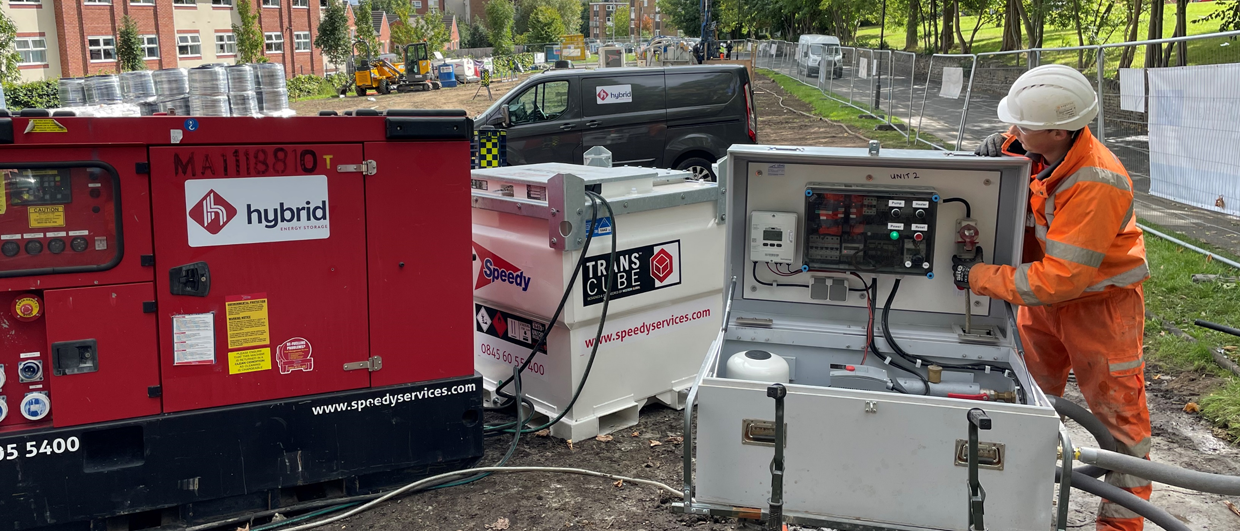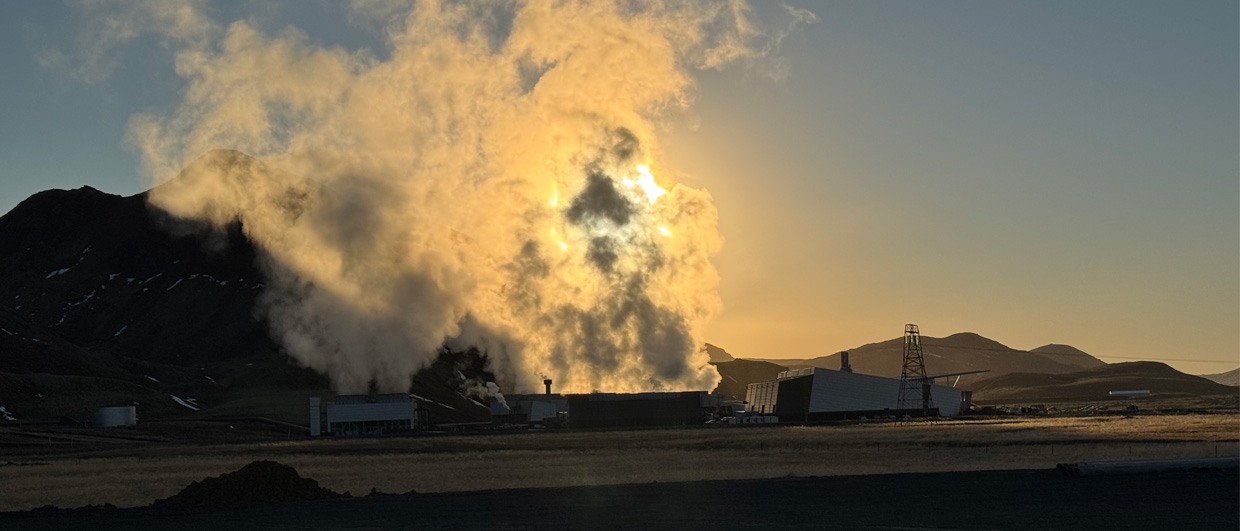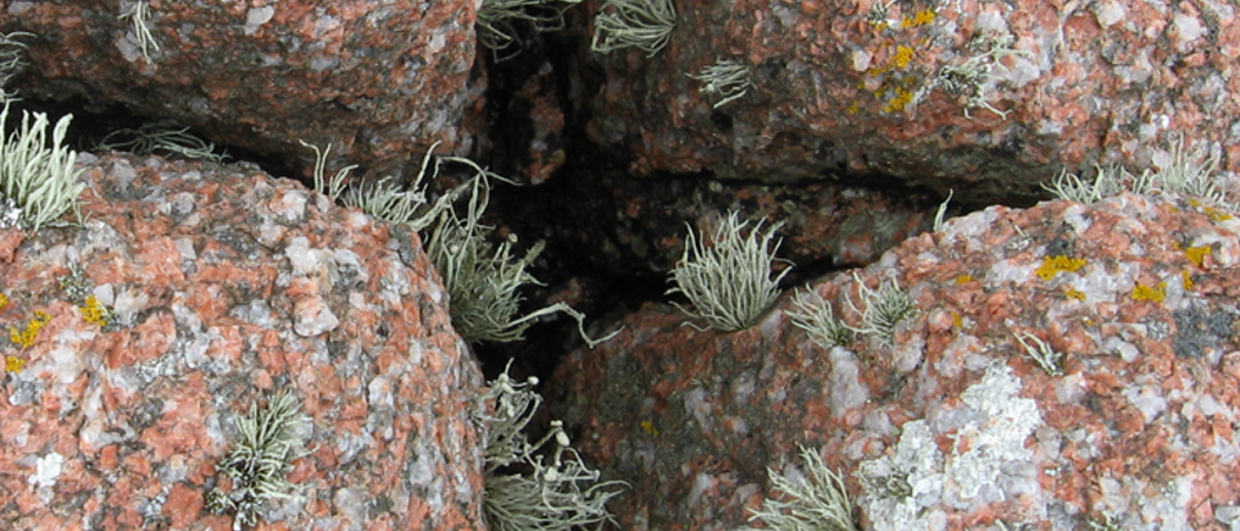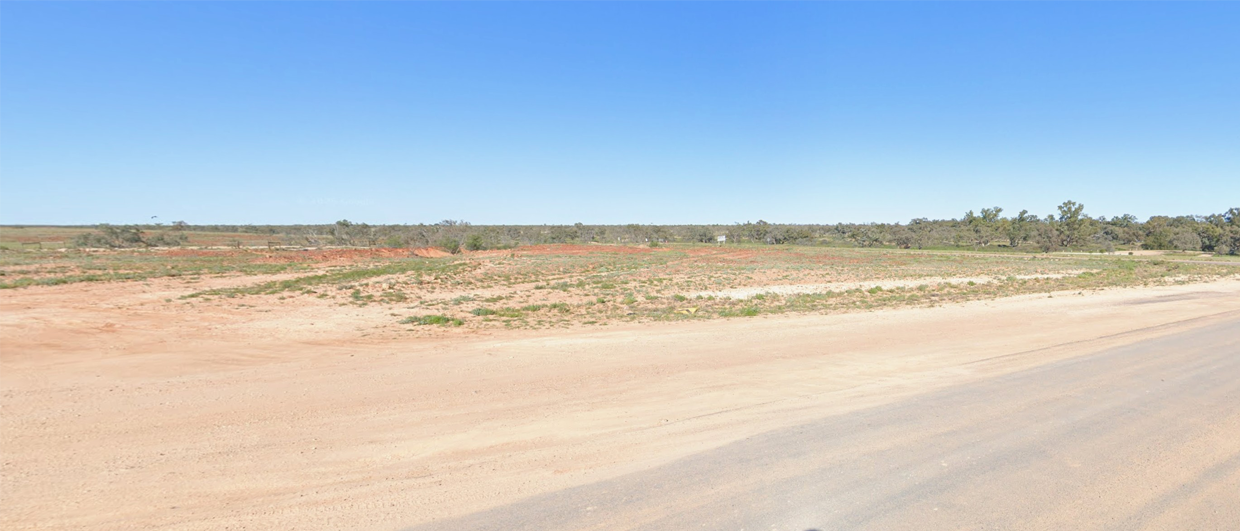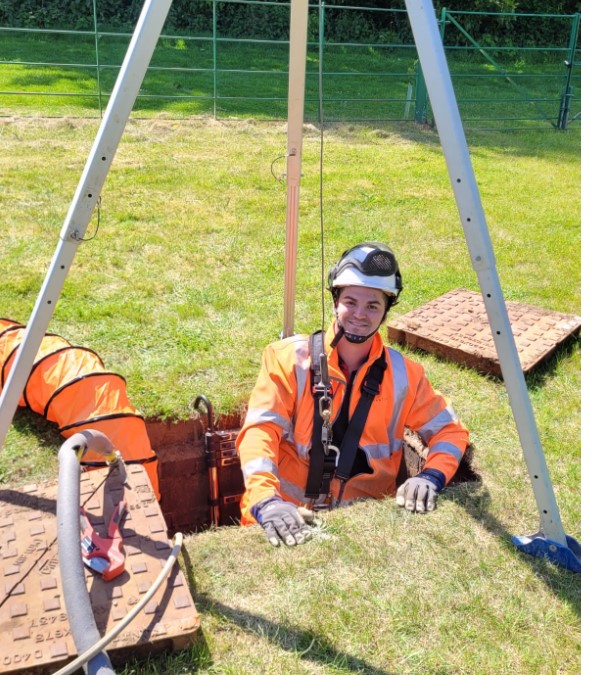
Shallow closed loop boreholes (150-300 m deep) for ground source heat pumps (GSHP) are increasingly popular as a solution for individual or small clusters of housing projects, even though the cost of drilling a hole and placing the loop are still not to be sniffed at.
That is why it is sensible to perform a thermal response test in the borehole, especially if a campaign of multiple boreholes is planned at the same site. If the thermal conductivity is better than expected, it might be possible to drop a borehole from the programme, which means quite a significant saving. But even if the project is just about one hole, knowing the thermal conductivity allows the end-user to make better predictions of expected energy extraction.
I came across a series of LI posts from geologist James Horton the other day. He works for Qvantum Solution Design, a company involved in performing system design and thermal response tests across the UK. Some interesting insights can be taken from these posts; here are two examples.
Quartz and groundwater
In November last year, James posted about a thermal response test project carried out in a borehole drilled in a sandstone formation. The outcome of the 48-hour test resulted in a conductivity of 3.06 W / m·K, which is impressive, as he mentions in the post. Why is the conductivity so good? It is down to quartz, which is a good conductor? As a result of the higher-than-expected conductivity, the planned 12 boreholes for the project could be reduced to 11, shaving off a significant part of the projected cost.
Another observation James made was that the conductivity curve showed a minor step, as indicted in the figure here. This could be explained by a small groundwater disturbance, such as active drilling operations installing at the opposite end of the borefield.
The influence of groundwater flow in these sandstones can be much larger, especially at sites close to rivers and on hillsides where gradients are larger, resulting in more flow. “We have also seen massive short-lived spikes in conductivity during rainfall events, in cases where the sandstones are directly exposed to the surface,” said James.

Chalk and fractures
The second example James published about was a project in London, where the Upper Cretaceous Chalk was subjected to a 48-hour thermal response test. In this case, the resulting conductivity was lower than in the first example mentioned above, but it was still higher than for most of the Chalk conductivities, he wrote. The reason for this “anomalously” high conductivity of 2,85 W / m·K might be the presence of a fracture system through which groundwater flow takes place, enhancing the heat transfer properties.
These two examples nicely illustrate how local geological conditions can influence the performance of a shallow geothermal loop and that it makes sense to quantify this prior to project completion so that a better estimate of energy deliverability can be made.

